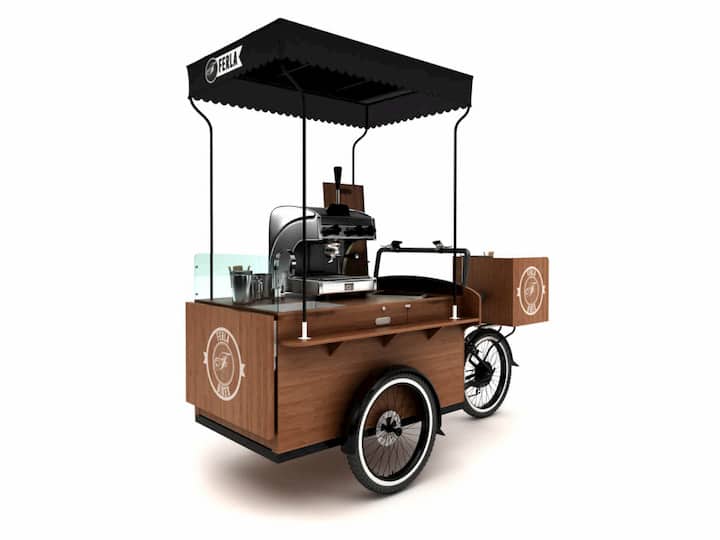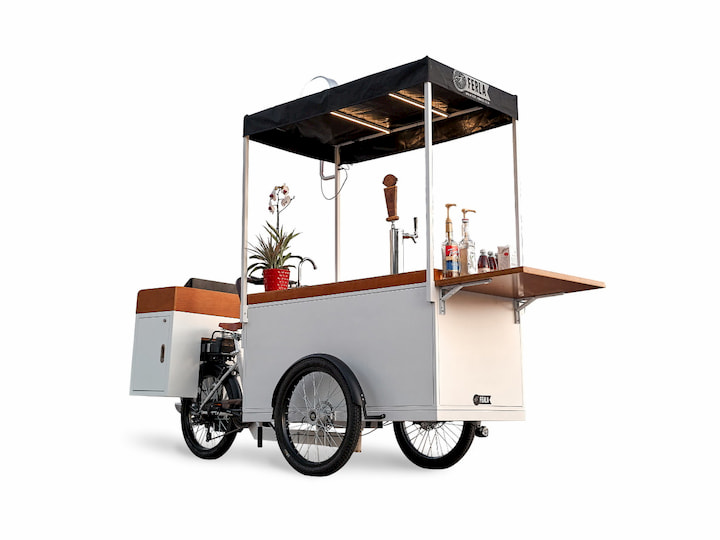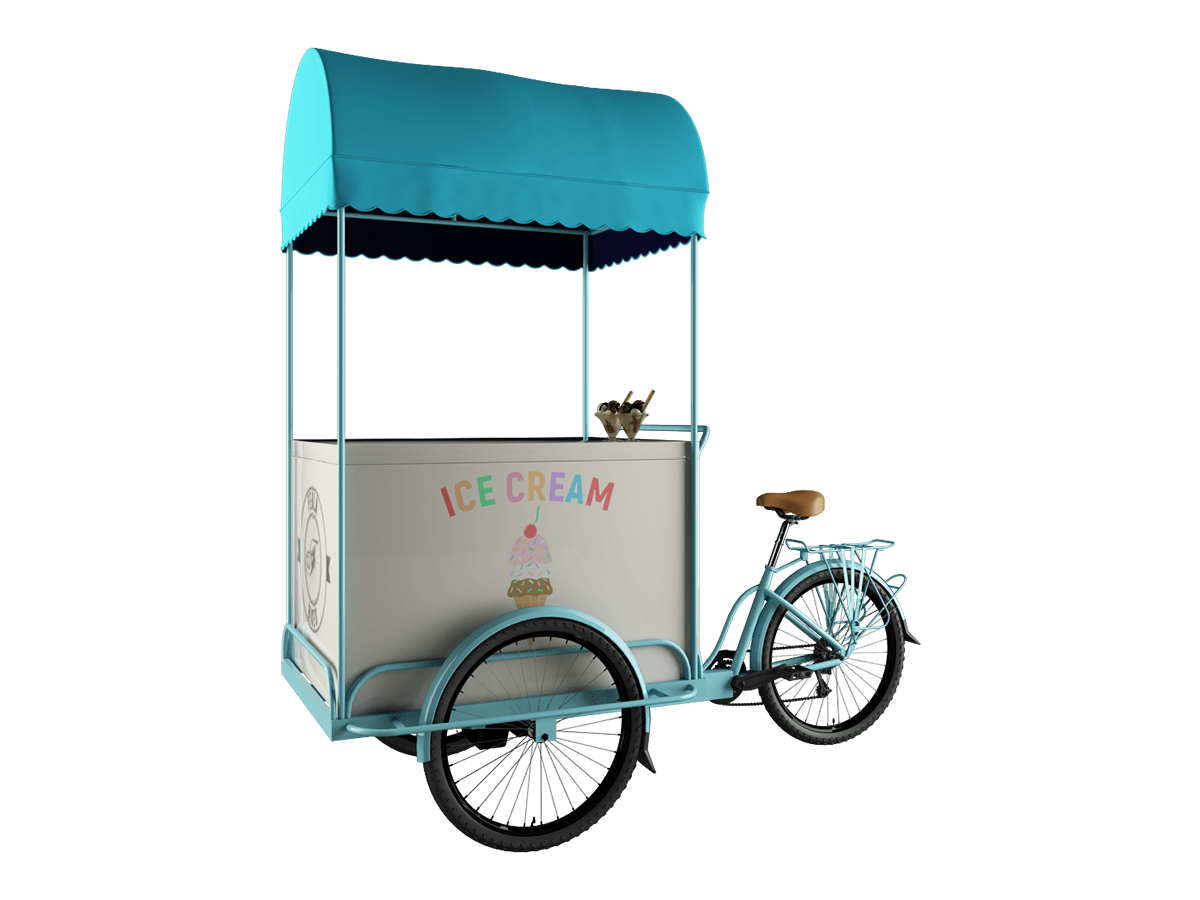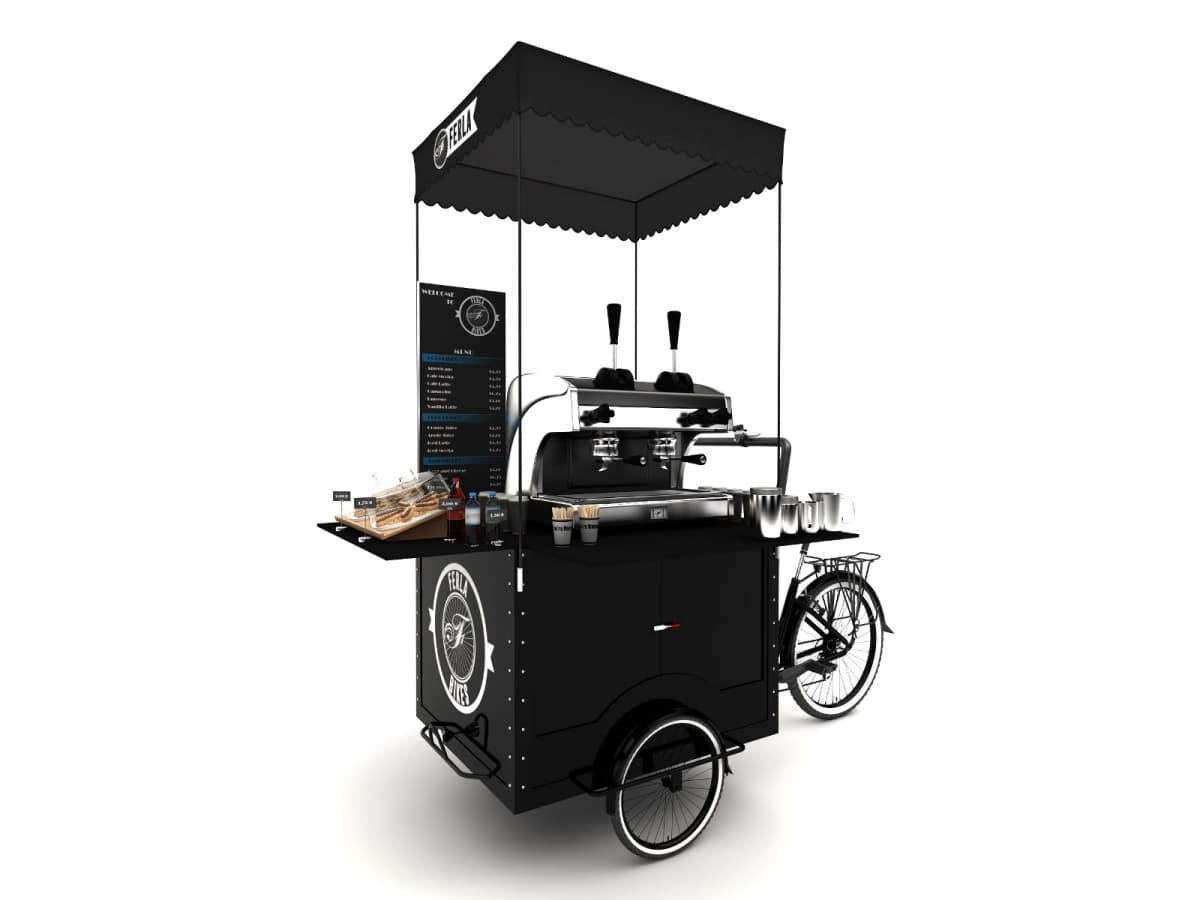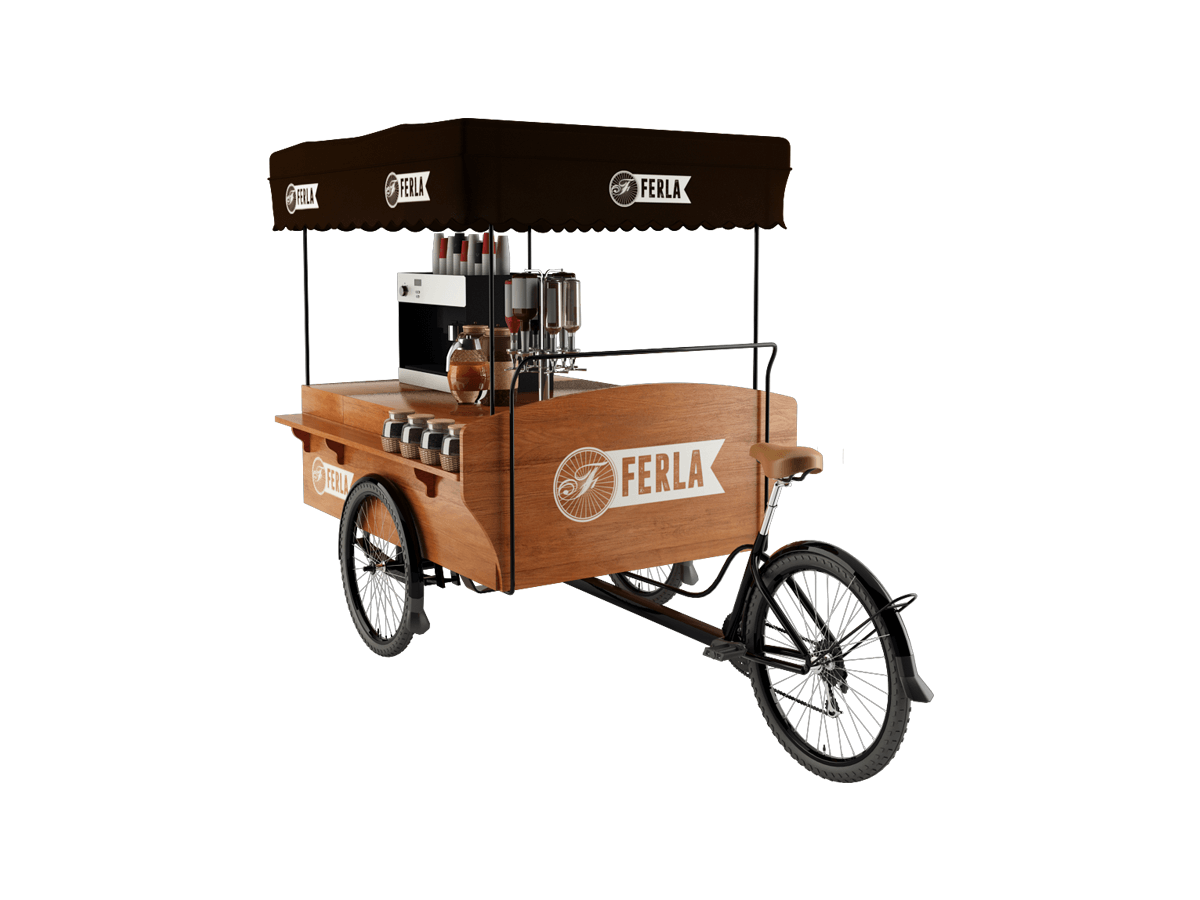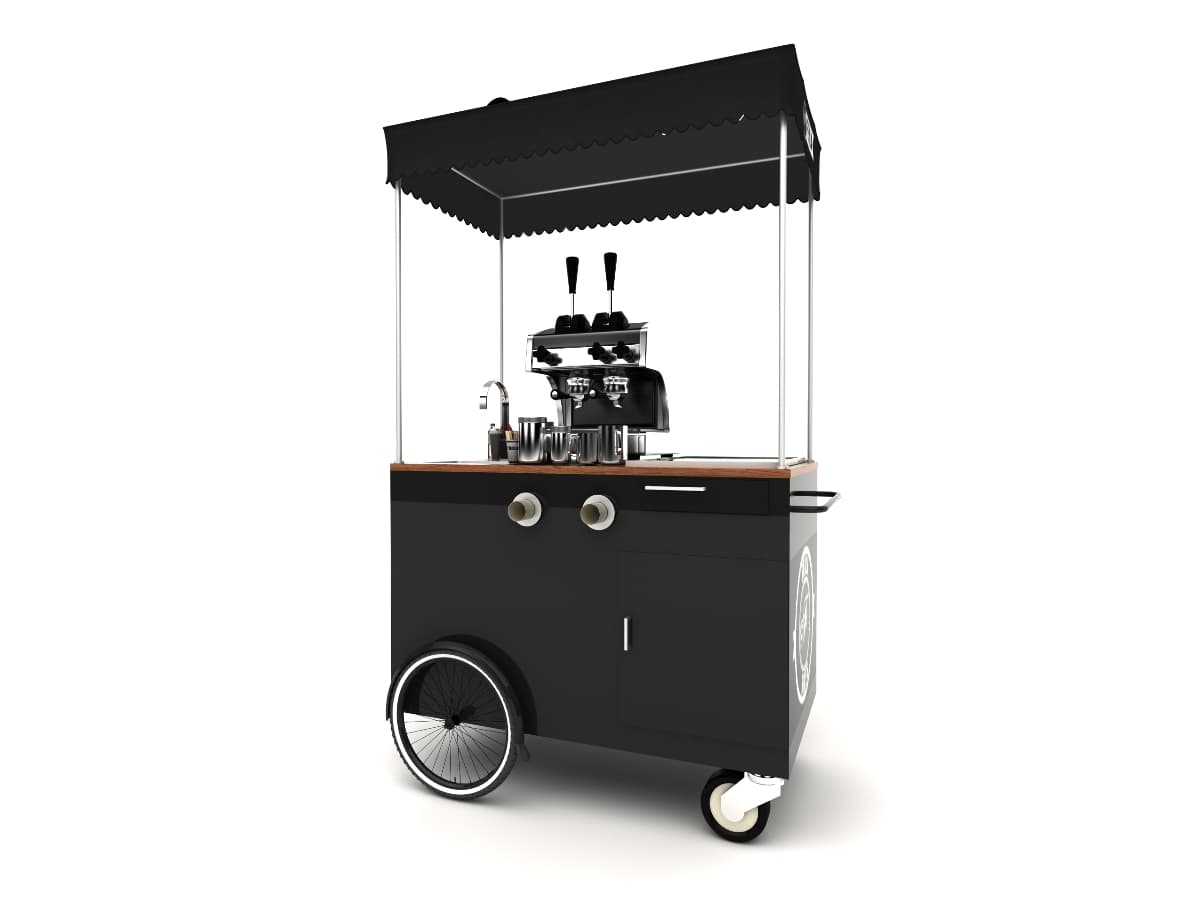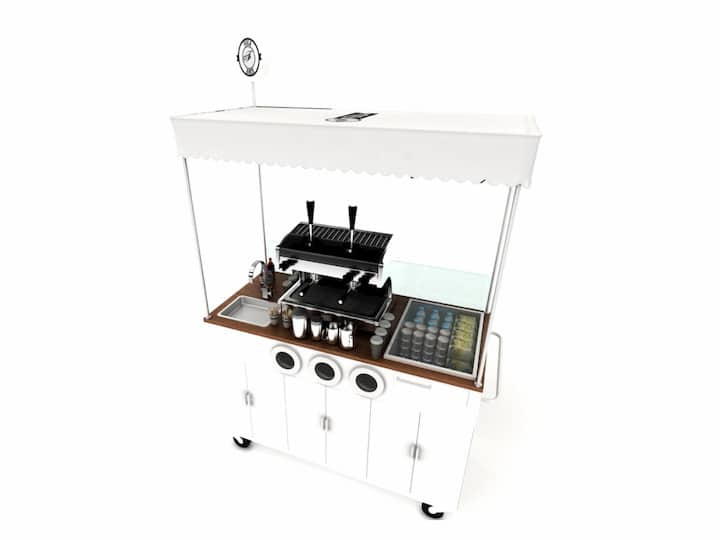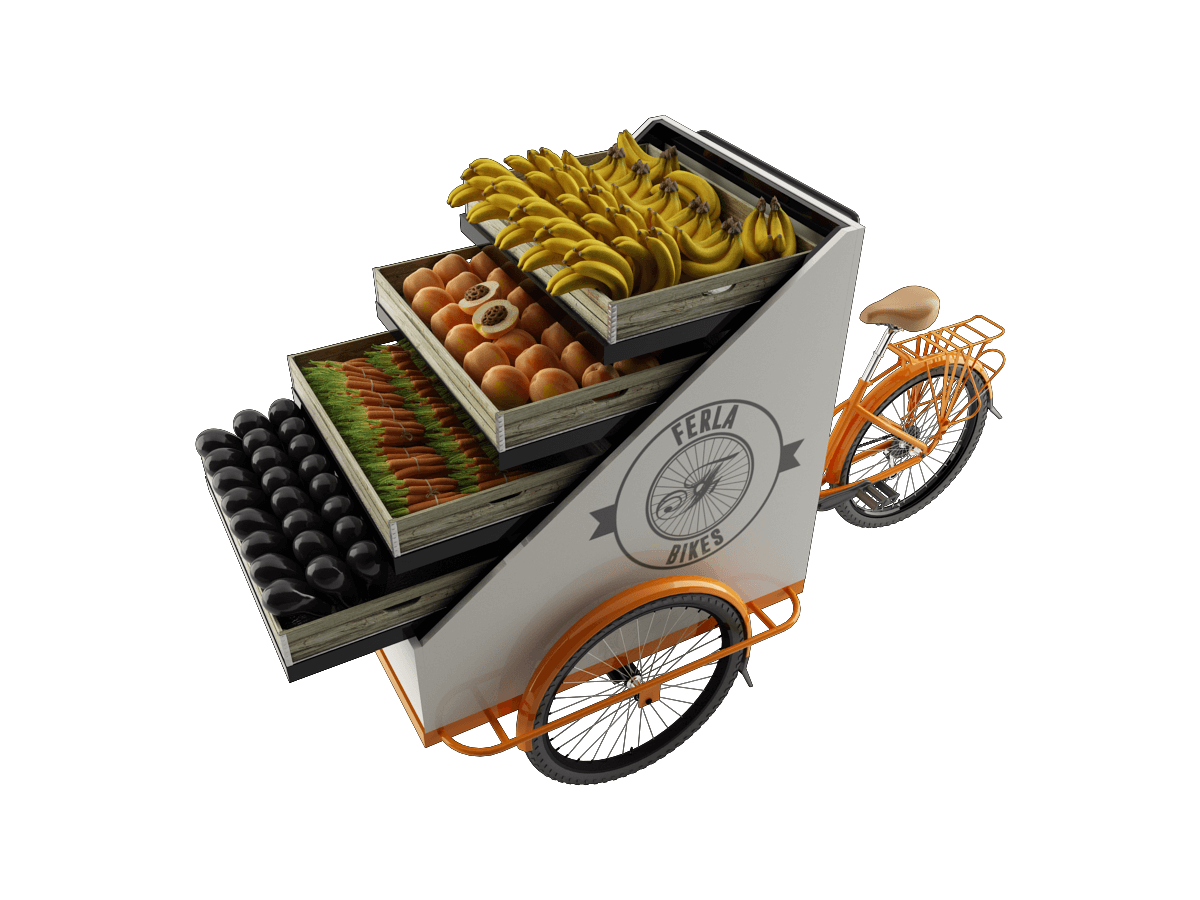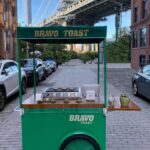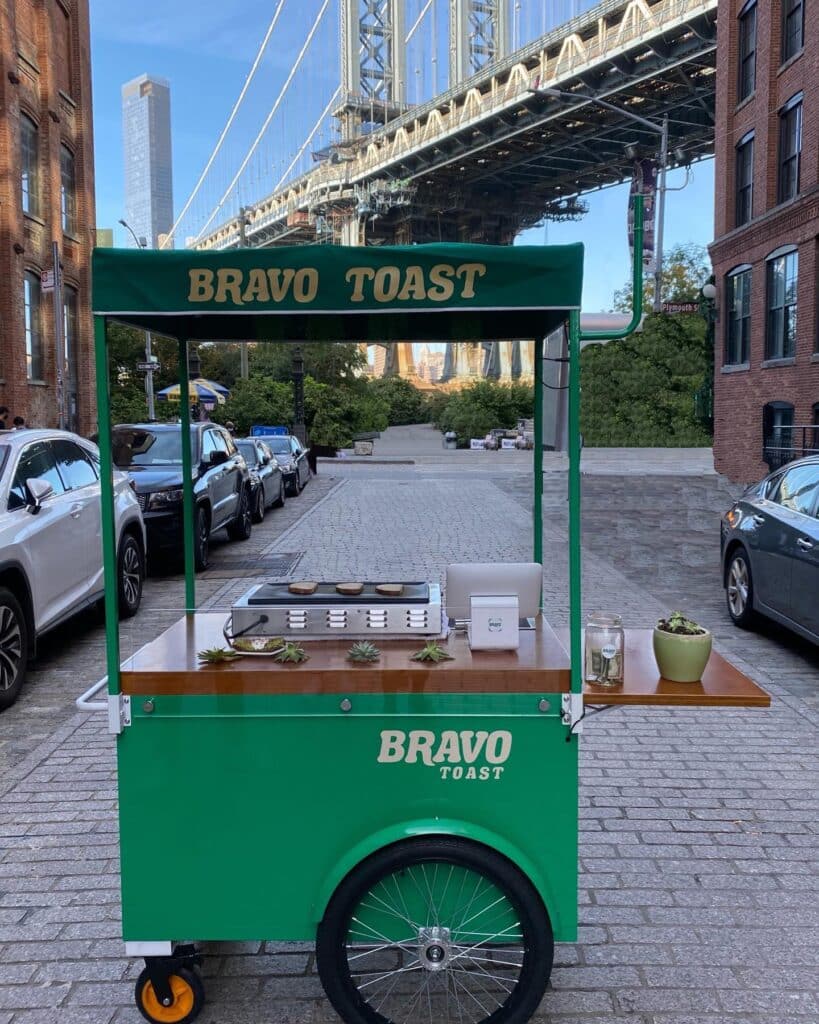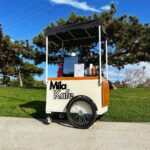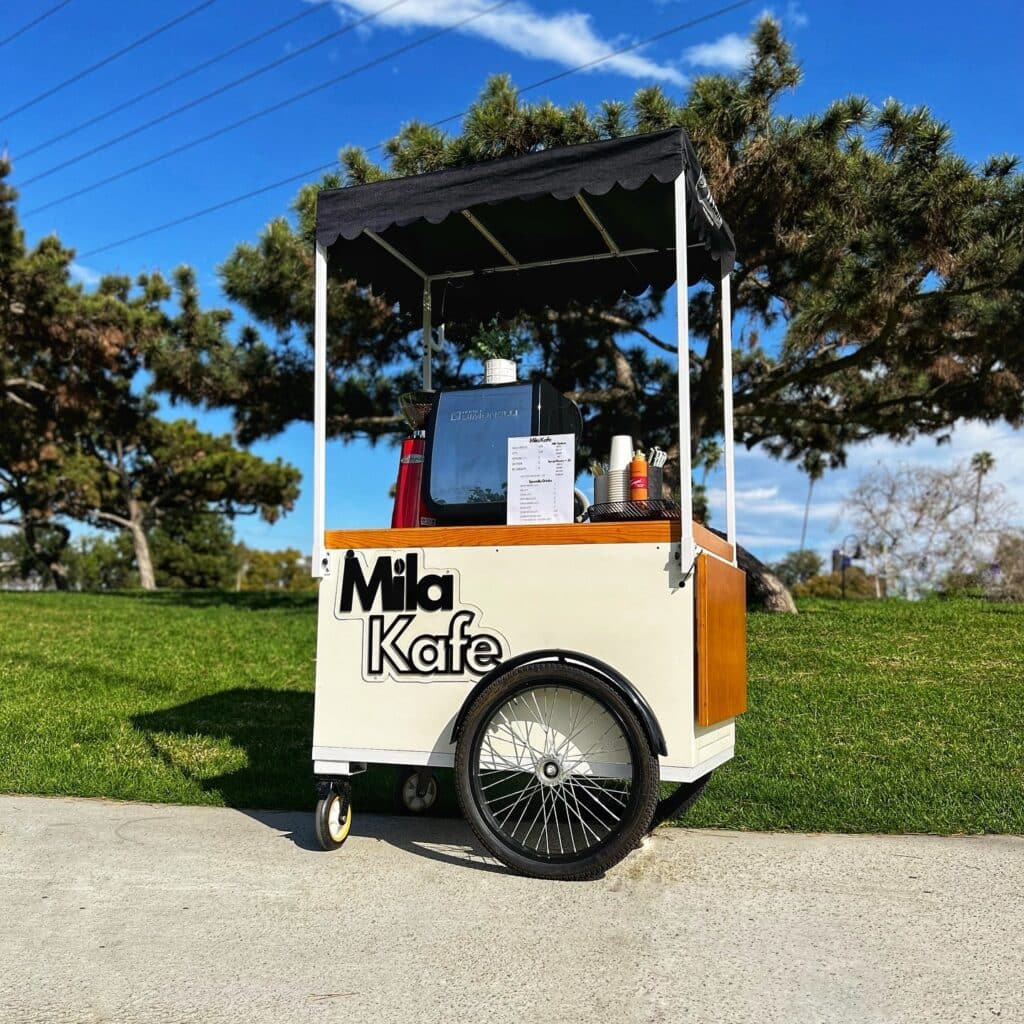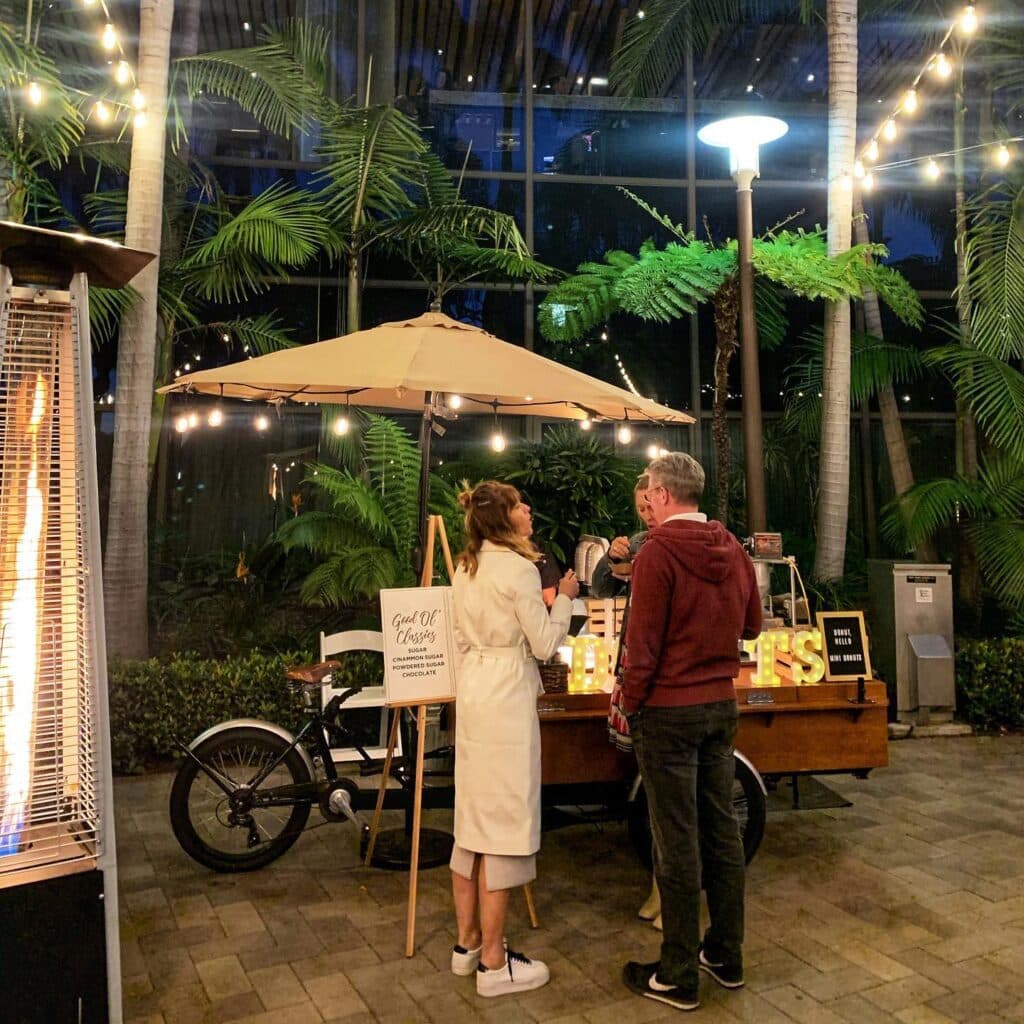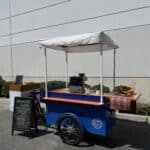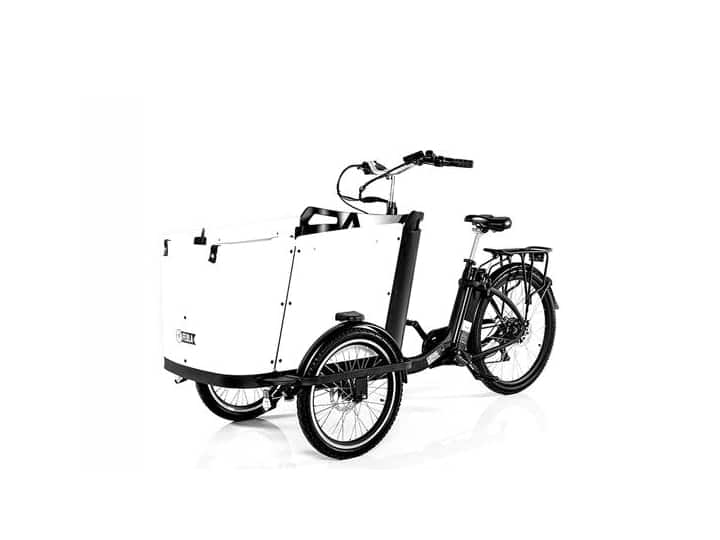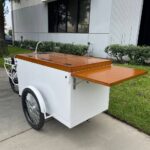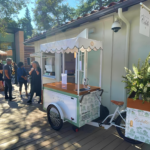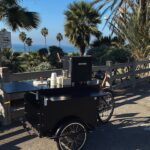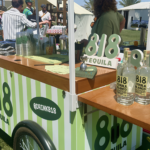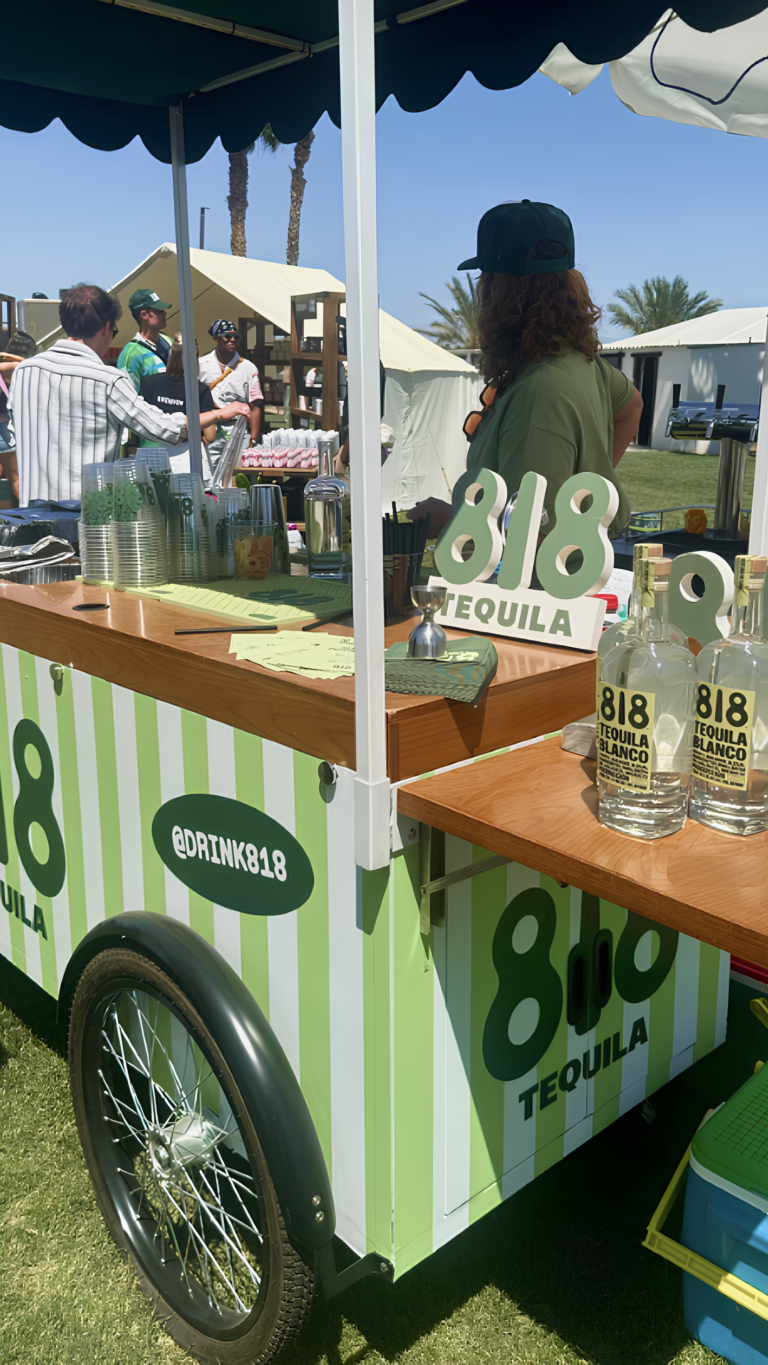The Pros and Cons of Running a Food Cart Business
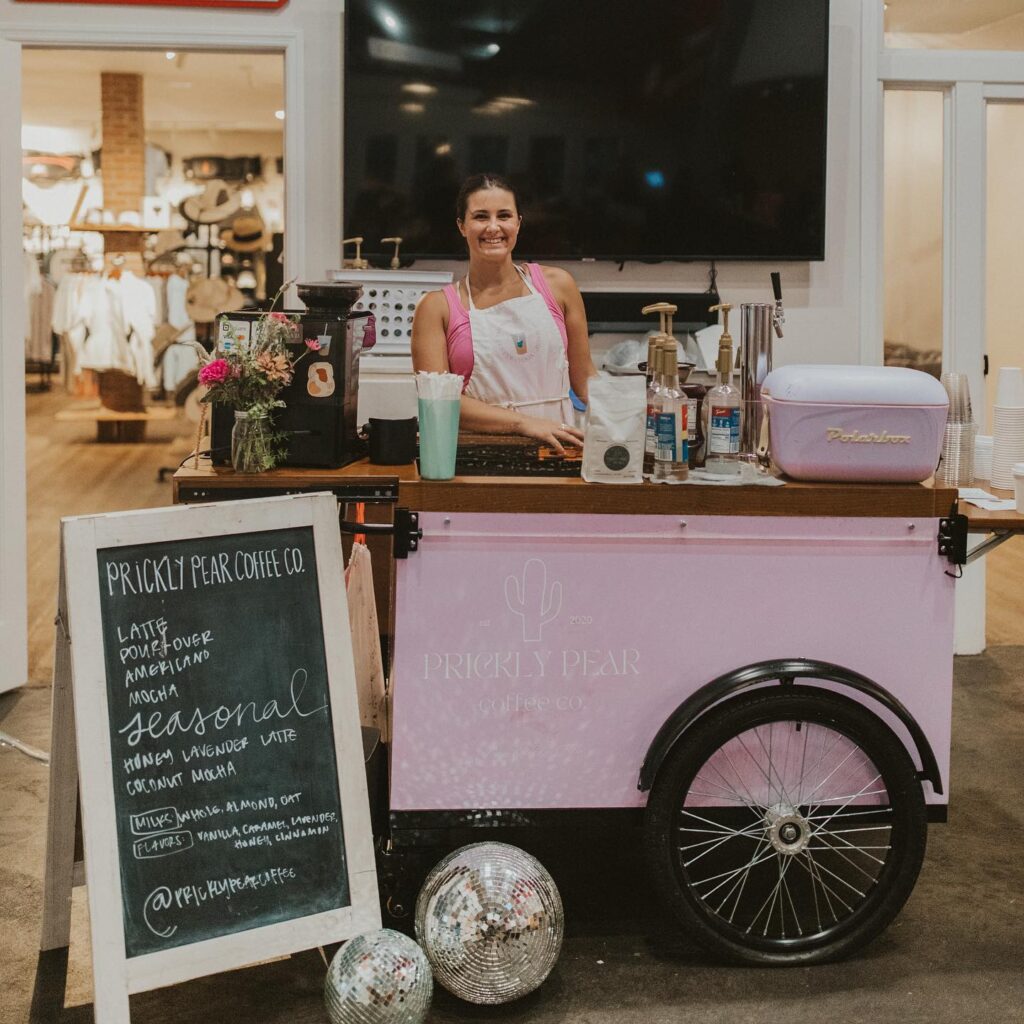
“Can a food cart business be the key to success?” – a question that bothers almost every aspiring entrepreneur willing to serve quick, grab-and-go dishes on the streets. Indeed, food carts have received a lot of attention over the recent years due to their growing popularity in urban areas. These compact vending units come in various types and shapes, making it easy to turn any humble trading spot into a full-fledged café on wheels, with exclusive menu items catching the eyes of everyone around. However, any venture requires careful consideration, so check out the principal food cart pros and cons to make a well-informed decision regarding your business idea.
The Pros of Running a Food Cart
Low Startup and Operational Costs
Food carts have a nice potential for bringing profit with much less investment than brick-and-mortar cafés. For example, the mere space rental costs may vary from $1,000 to $10,000 per month depending on the café location. Add renovations, equipment, and operational costs (inventory and supplies, employee salaries, utilities, etc.), and you will need $80,000-$200,000 to start such a business. The price of food carts, in turn, starts at just $4,000-$5,000, while operational costs are capped at the minimum and may involve only food supplies.
Read Also: How to Write a Business Plan for Mobile Food Cart?
Flexibility in Location
With a maneuverable cart on wheels, you can easily change locations to find the most profitable spot for serving your goods. Such flexibility is also one of the biggest advantages branded food carts have, as it allows for promoting your business wherever you go. Food carts may be used for catering specific events or following the crowd in high foot traffic areas like:
- Parks
- Beaches
- Stadiums
- City centers
- Festivals
- College campuses
- Bus stations
- Shopping malls
Minimal Staff Requirements
Most food carts can be easily operated just by one person, from pushing the vending unit and installing its assemblies to selling goods. Hence, every cart vendor may be the owner, staff, and chef all in one, eliminating the need to hire employees and pay them a salary. Even if you decide to get some extra staff, payroll expenses will be much lower compared to the restaurant or café business.
Creative and Trendy Appeal
Food carts allow you to be creative, so it’s up to you to decide what to cook and how to serve your meals. Make your family recipe famous, impress locals with an exotic snack they have never eaten, or create a full-service coffee bar on wheels to catch the morning buzz – being your own boss gives ample opportunities.
Unique menu items appeal to foodies, which drives a steady customer flow and brings more income. You can also ask for customer feedback and adjust your offerings accordingly.
Fast Market Entry
Setting up a food cart business takes much less time and effort than establishing a restaurant or café. The process of getting permits and licenses is quicker, which allows you to enter the market as soon as possible. Plus, you can order a full-wrap design for your vending unit and get a customized cart equipped with a freezer, tap, cold brew kit, or grill, saving even more time on purchasing equipment.
Direct Customer Interaction
People love watching how their dishes are made. There’s something special in this process, something that whets the appetite, just like tasty food flavors coming from an elegant vending cart. Additionally, face-to-face interactions make it easier to connect with the local community and get instant feedback about your goodies so that you can adapt the menu to customer preferences.
The Cons of Running a Food Cart
Limited Space and Resources
Food carts have a limited working surface, which feels even smaller when you add your equipment and other kitchen staff. Hence, you may need to reduce your menu options to fit all the essentials. However, some carts have an additional condiment platform, enlarged storage unit underneath the counter, and extendable flip-up table, so you just need to organize the space smartly.
Weather Dependency
Outdoor location makes your business vulnerable to different weather conditions, which is crucial to note when considering the disadvantages of a refrigerated food cart or any other type of vending stand placed on the streets. Extreme heat or cold, rain, and snow may significantly impact the food cart operation and lead to reduced income due to poor customer traffic. Careful planning will help you navigate these issues.
Permits, Regulations, and Zoning Challenges
Even if you run a small food cart business, you must still follow certain legal regulations and zoning laws applicable to your area to avoid getting fined. This often involves receiving permits to sell goods in specific locations, as well as following strict health and safety rules. You will also need a license to run a business in your city. All the paperwork may take some time, so it’s better to deal with it in advance.
Inconsistent Income and Seasonality
You will hardly sell a lot of ice cream by placing your cart in the business district early in the morning or by going to the beach in winter. This may be considered one of the disadvantages refrigerated food carts have, but that’s not the point. Although a season, location, and even day of the week do affect your income, food carts are versatile, so you can adapt your offerings to stay profitable in different circumstances.
Intense Competition
Food vendors face high competition in urban areas, with many restaurants, cafés, and other trading spots nearby. To stand out, you should continuously innovate and offer top-quality meals and experiences to keep your customers coming back.
Physical and Mental Demands
Food cart vendors work long hours on their feet during peak times and weekends. Such a schedule may be physically exhausting, especially if there’s a need to push the cart to great distances. An all-in-one Ferla cafe bike or even a small cargo bicycle may be a nice alternative to a wheeled food stand, allowing you to move through the city more easily and quickly.
Besides, novice entrepreneurs may also experience mental stress from customer service pressures, logistical planning, and variable income.
Also Read: How Much Does It Cost to Start a Food Cart Business?
Conclusion
Food carts do have the potential to bring good profit. These wheeled vending units offer great mobility and fit various business needs while allowing you to enter the market quickly with minimum investment. But besides flexibility and lower costs, food carts face intense competition and come with unique challenges like limited working space and weather dependency. Weigh up all these factors carefully before plunging into the business world. Whenever you decide to take a step forward, Ferla is always here to help you choose the best food cart for sale or rent!

